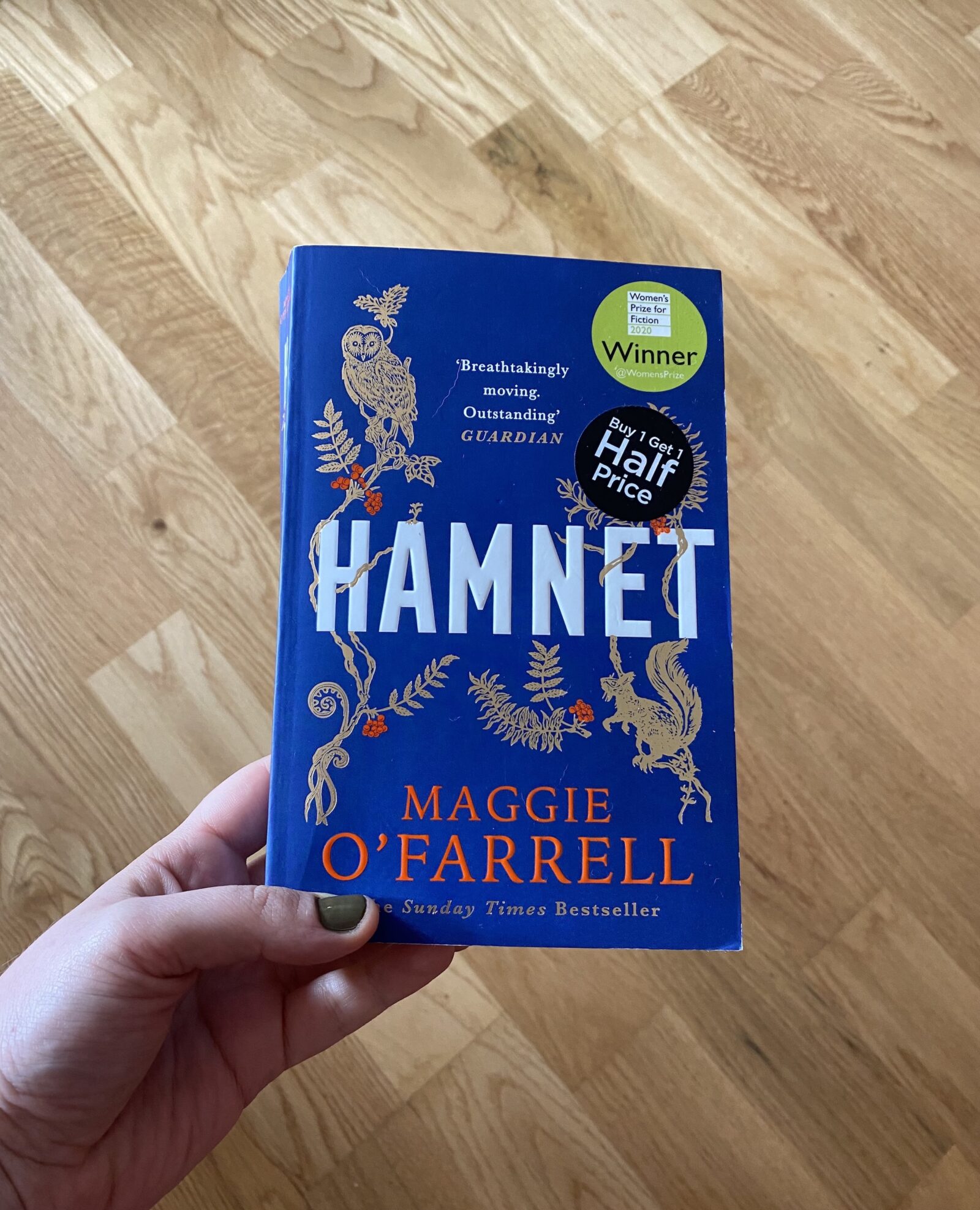Hamnet, Maggie O’Farrell
This novel is called Hamnet, after Shakespeare’s son who died as a child, but it is really about his wife Agnes, and what all women know to be true: men would be, and are, nothing without women. This book goes back and forth between present and past, portraying Agnes’ life and character as well as the path that led her to be his wife. Hamnet is also a book about absences. For example, Shakespeare’s name is never mentioned; he is only referred to by his pronouns, and if it weren’t for the description on the back of the book it might take the reader quite some time to realize who is being referred to. In addition, the book itself was inspired by the absence of the use of the word plague in all of Shakespeare’s work – he never uses the word, not even once. Thematically, Agnes is left to raise her children without her husband while he goes to London to work, and of course, the biggest absence of all has to do with the death of Hamnet. This novel won the Women’s Prize for Fiction in 2020, and one can easily see why. It is deserving of this merit and a highly recommendable read.
The Book of Form and Emptiness, Ruth Ozeki
Since I had just read the Women’s Prize winner for 2020, I decided to go right ahead and read the one from 2022 as well. (Now I just need to read Piranesi, which won in 2021, but alas, it is still pretty expensive online…anyone want to send me a copy? ;)) The Book of Form and Emptiness is set somewhere on the US West Coast and follows a teenage boy as he deals with the unexpected death of his father, his mother’s grief, and his own mental illness. What is unique about this book is that because a third entity is doing the narrating, the reader can see how the main character’s mental illness seems completely ‘normal’ (as in, not schizophrenia or anything like it) because we are seeing how it seems and feels for the boy himself. Woven in with the discussion on grief, mental illness, and hoarding are themes of racism, climate change, protests, and attachment to material possessions, which, despite seeming daunting, are naturally blended in together in an interesting narrative that will hopefully remain relevant even as its themes fade with the past.


